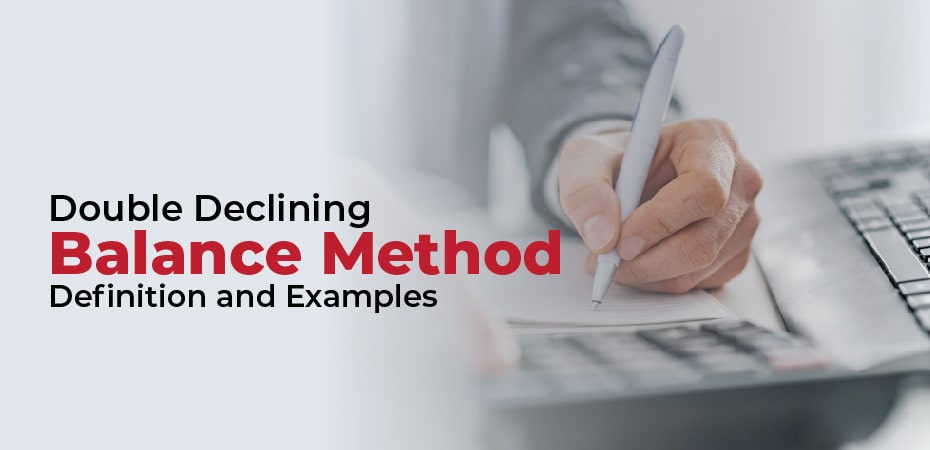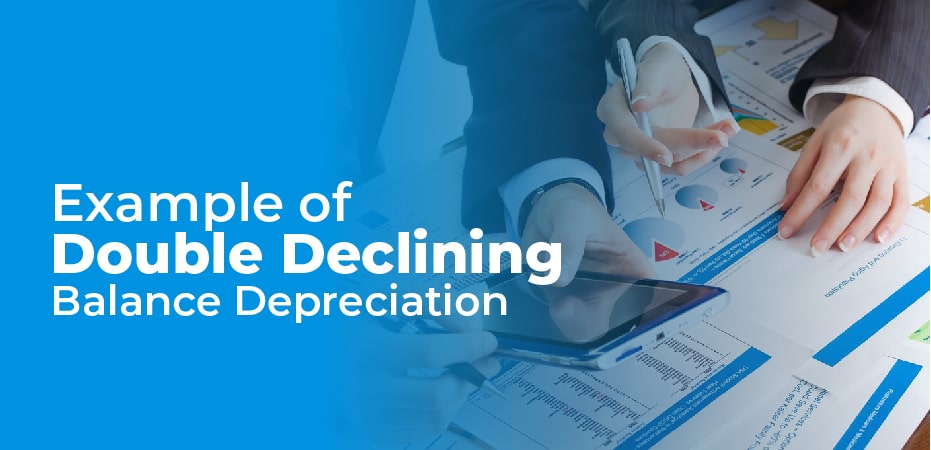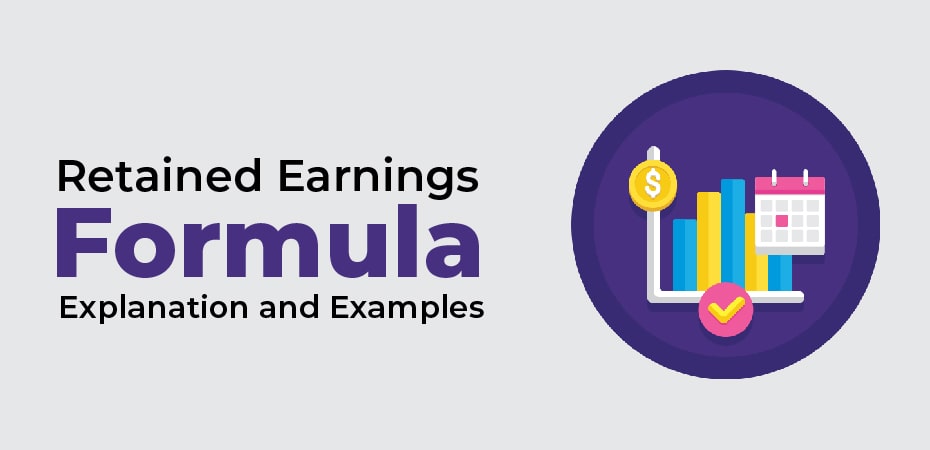
Depreciation is a method of allocating the cost of a fixed or intangible asset over its useful life. You should depreciate any large ticket items you purchase for your business, rather than expense them immediately. As a rule of thumb, assets are depreciated in four different ways:
- Straight-line depreciation
- Double declining depreciation
- Sum-of-the-years’ digits depreciation
- Units of production depreciation (used only for machinery)
The double-declining depreciation method accelerates the depreciation process by doubling the expense early in the life of the asset, with the expense declining as it ages.
Although some accounting software applications can manage fixed assets and depreciation, you will likely have to manually enter a depreciation journal entry into your software application.
Depreciation journal entries are considered adjusting entries and should be recorded in the general ledger before running an adjusted trial balance.
Depreciation should be entered prior to closing the accounting period, whether it is using accounting software, a manual general ledger, or spreadsheet software.

Understanding DDB Depreciation
The declining balance method is one of two accelerated depreciation methods, and it uses a depreciation rate that is a multiple of the straight-line method rate. Double-declining balance (DDB) is a declining balance method that instead uses double the normal depreciation rate.
In the declining balance method, depreciation rates can be 150%, 200% (double), or 250% of the straight-line rate. When the depreciation rate for the declining balance method is a multiple of doubling the straight-line rate, it is effectively the double-declining balance method. The rate of double depreciation remains constant throughout the depreciation process and is applied to the reducing book value every depreciation period. Over time, an asset’s book value, or depreciation base, decreases.
Charges calculated with this method continue to decline as the double depreciation rate and depreciation base continue to decrease. At the end of the depreciation period, the balance of the book value is reduced to the asset’s salvage value. For the salvage value to remain the same, the final depreciation charge may need to be limited to a lesser amount.
Public companies are required to record expenses together with income earned from those expenses. For example, when a company purchases an expensive asset that it will use for several years, it does not deduct the entire purchase price at once as a business expense.
The double-declining balance method results in a larger depreciation expense near the beginning of an asset’s life, and a smaller depreciation expense later on, so it makes sense to use this method for assets that lose value quickly.

Example of Double Declining Balance Depreciation
Assume a retailer purchases fixtures on January 1 at a cost of $100,000. At the end of their 10-year useful life, it is expected that the fixtures will be worthless. According to the straight-line method, an asset’s annual depreciation will be 10% of the asset’s cost over a 10-year period. The straight-line rate of 10% is doubled to 20% under the double-declining balance method. Instead of multiplying the fixture’s original cost by 20%, the 20% is multiplied by the fixture’s book value at the beginning of the year.
Since the fixtures have not yet depreciated, the book value of the fixtures at the beginning of the first year is $100,000. Using the double-declining balance method, the $100,000 of book value is multiplied by 20%, resulting in $20,000 of depreciation in the first year. In this journal entry, $20,000 will be debited from Depreciation Expense and $20,000 will be credited to Accumulated Depreciation.
At the start of the second year, the fixture’s book value will be $80,000, which is the cost of $100,000 minus the accumulated depreciation of $20,000. For Year 2, the $80,000 is multiplied by 20%, resulting in $16,000 of depreciation.
A book value of $64,000 will apply to the asset at the beginning of Year 3. It is calculated by subtracting the fixture’s cost of $100,000 from its accumulated depreciation of $36,000 ($20,000 + $16,000). Based on the book value of $64,000 multiplied by 20%, the depreciation expense for Year 3 is $12,800.
The asset will have a book value of $51,200 at the beginning of Year 4. Accordingly, after multiplying the book value by 20%, the depreciation expense for Year 4 will be $10,240.
The asset will have a book value of $40,960 at the beginning of Year 5. In this case, the remaining 6 years of depreciation are included. After year 5, companies often switch to straight-line depreciation and debit Depreciation Expense and credit Accumulated Depreciation for $6,827 ($40,960/6 years) in each of the remaining six years.
The benefits of a double-declining balance
In addition to its benefits, double depreciation has a few disadvantages.
You can match maintenance costs
Vehicles, for example, are depreciable assets that work smoothly when they are first purchased but become more complex as time passes. Tax deductions are available for vehicle maintenance. When you are not deducting maintenance costs in the earlier years, double-declining depreciation lets you claim a bigger tax write-off.
Over time, as maintenance becomes more regular, you will write off less of the value of the asset while writing off more in maintenance. This makes it easier to predict your income since your annual write-offs are more stable over time.
You can pay more of the purchase price upfront
Tax write-offs help you offset the cost of buying an asset by giving you more money back early on. In the case of a loan or line of credit, this could result in paying off a larger chunk of debt sooner, reducing the amount of interest you pay.
Reduce your tax liability when it counts
After you buy some assets, you make more money right away. (For example, an apple tree that produces fewer and fewer apples as time goes on.) Taxes must be paid on those earnings. However, if you write off more of the asset early on, you can reduce your tax obligation. Over time, you will deduct less of the asset’s value, so you will also receive less income from the asset-so the two balance out.







